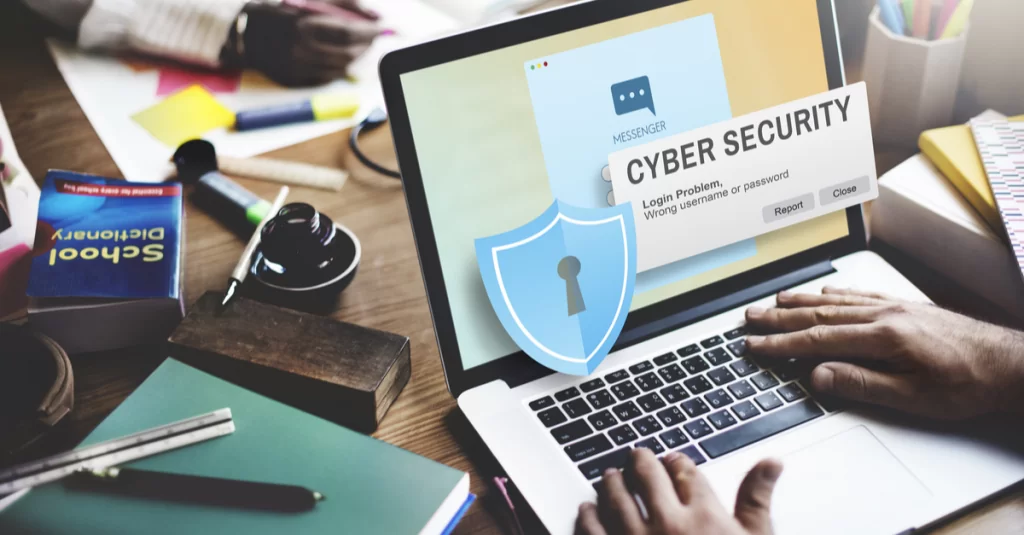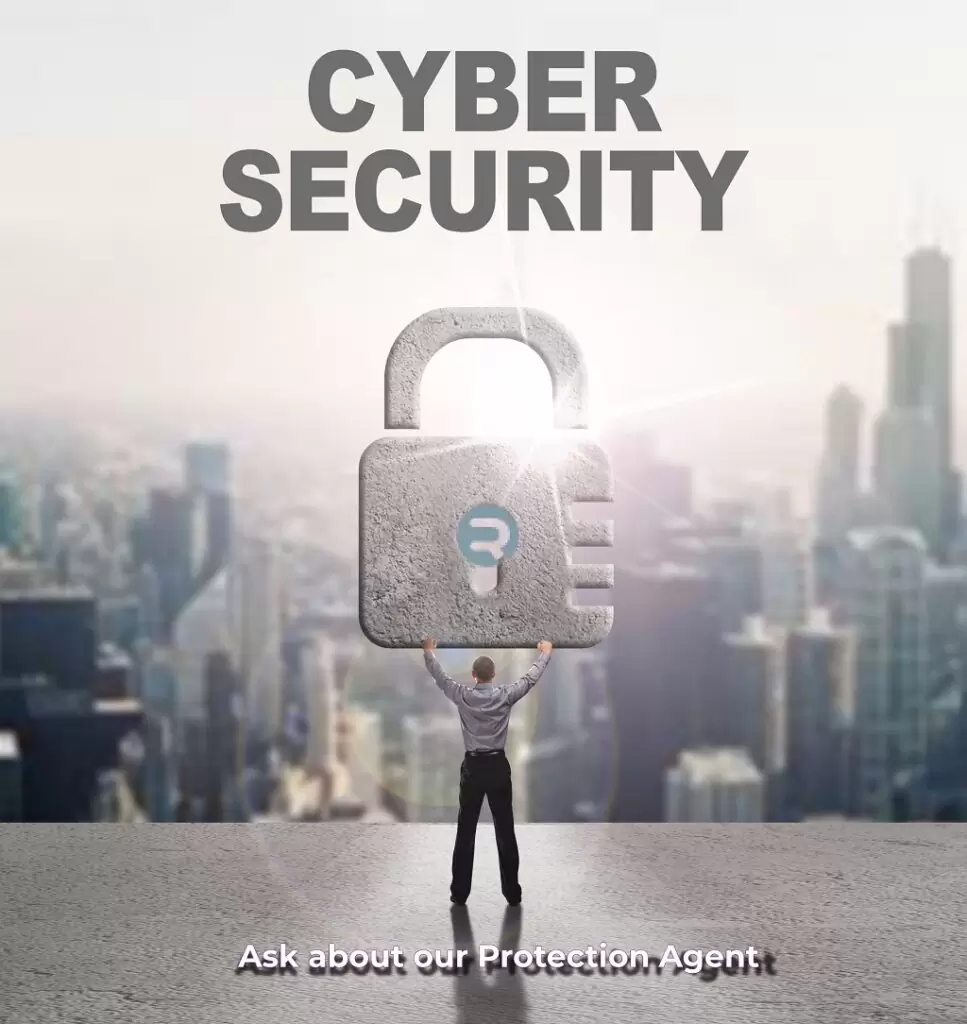5 ways to stay safe from malware.
After the pandemic hit the world, we came to look at a different side of working, managing business activities, and working in teams while being miles apart. Setting up remote work was a challenge in the beginning, but we got comfortable with it as time passed by. Working remotely comes with its benefits but it also comes with a lot of drawbacks. When you are online constantly, you expose yourself to cyber threats like viruses, malware, and other cyber-attacks.
- Stay safe with a VPN.
The VPN, Virtual Private Network, is how your computer talks to the outside world (Internet). Instead of going through the crowd of unsecured and potentially risky networks, you have your private way of connecting to the world. This secret tunnel is guarded by a system that prevents unauthorised access to the information you sent via the internet. As employees work from home, you need to make sure the data they have access it is not compromised and no hackers can tap into it.
- Prevent malware with an antivirus while accessing the internet from home
Beware – crackers never sleep! Being online makes you exposed to lots of threats like malware, cyber attacks, viruses, and what not. To keep your data and system safe from such threats, getting an antivirus installed in your system is highly recommended. By investing in an all-inclusive antivirus, you can avoid malware or viruses, data loss, security breach, cyber scams, zero-day attacks, etc. However, an antivirus does not guarantee safety from all types of threats.
Antivirus is used to blocks the piece of code inside the infected file (virus) and block some files you might click on while browsing the web. Contrary to popular belief, it does not help prevent phishing attacks, the attacks to expose your passwords via phishing links. For example, from clicking on the “funny” video from a Facebook friend or someone maliciously getting you to enter your email password to a hacked website.
- Set up safe storage and carefully share access to it for businesses and management.
Storing important data using SharePoint, Dropbox and other popular cloud platforms is on the rise. However, make sure you secure your data with passwords and have your team to use Multi-Factor Authentication method to ensure the hackers won’t be able to gain access to the sensitive data in the event the user password is compromised. Cloud storage reduces the risk of data loss in case of malware attacks on systems.
The most important aspect of preventing malware and cyber-attacks is paying attention to network & security. As all the employees connect to a variety of networks, the risk of cyber-attacks has increased. Get your managed IT services into action and share the tips and steps of network security with your employees.
- Keep work and personal devices separate
As homes turned into offices, work laptops are more likely to be used by the members is the family. To secure your data and prevent the risks of accidental data loss, make sure to set up locking policies and have your data securely backed up and enable version control for all your files However, stopping your kids from watching YouTube on your laptop cannot be neglected. Therefore, installing adequate anti-virus protection and use of VPN can help in securing your information.
- Set up strong passwords and avoid sharing them.
The jokes about the complex passwords are slowly being replaced with the horror stories about people losing money when the passwords get compromised. There is a reason why the network authorities prompt users to set up a ‘strong’ password. In other words, a combination of alphanumeric, uppercase, and lowercase letters is considered a strong password. The stronger your password, the harder it gets for hackers to have unauthorized access to your system or data. Set up the policy to enforce your employees to set up strong passwords and instruct them not to share their passwords through private messages or social media networks. With MFA, your users will have to provide more than one verification factor to get access to your data and resources. Besides, set up MFA (multi-factor authentication) for even better security. If you’re not sure how to do it, get help from cyber security professionals.
Related Read: Res-Q Computer Services and Supplies – your small business IT solution


